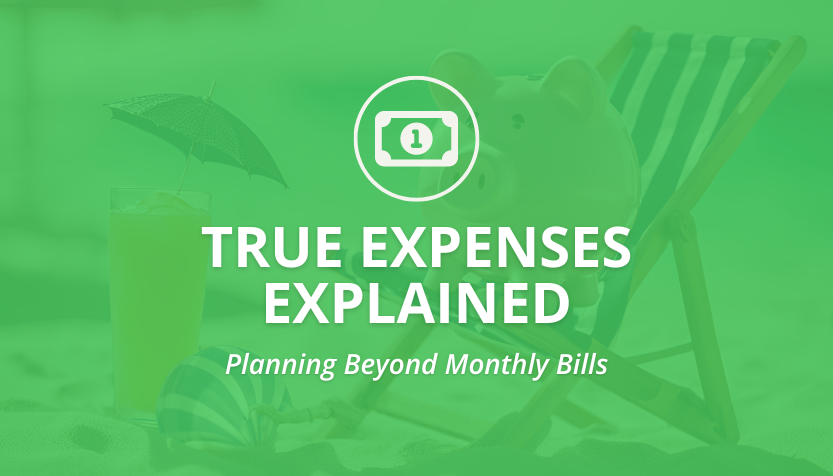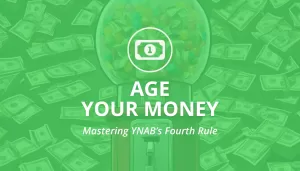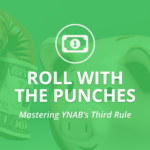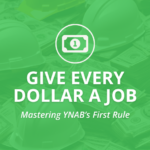True Expenses Explained: Planning Beyond Monthly Bills
- By Brett Schaffner
- In Budgeting

Do you find yourself constantly caught in the paycheck-to-paycheck cycle, wondering where your money goes each month? Understanding and planning for “True Expenses” (also called “Sinking Funds”) might be the game-changer you need. True Expenses go beyond your regular monthly bills, encompassing costs that are inevitable yet not always predictable. By integrating them into your budget, you can significantly reduce financial stress and prevent future debt.
What Are True Expenses?
True Expenses can be categorized into three main types:
- Expected, Known Cost: These are expenses that you know will occur and have a fixed cost, such as annual subscriptions or biannual car insurance payments.
- Expected, Unknown Cost: These expenses are anticipated but their exact cost isn’t fixed, like holiday gifts or home maintenance projects.
- Unexpected, Unknown Cost: Often considered true emergencies, these are costs you hope never to incur but should plan for, such as medical emergencies.
While it’s tempting to label emergencies as wholly unexpected, in reality, it’s more about the timing and specific cost that are unknown. We can almost always count on these events occurring at some point, so the argument can be made that there are really only two types of True Expenses.
True Expenses as Future Debt Prevention
True Expenses should be viewed as “future debt prevention categories.” For instance, we all know that eventually, a car repair will be necessary; the exact timing and cost are what remain uncertain. By budgeting for car maintenance monthly, you’re essentially setting aside funds for this inevitable expense. When the time comes, the financial impact is significantly cushioned. If a repair costs $700, having $550 already saved means you only need to adjust your budget to cover the additional $150, rather than scrambling to find the full amount, watching that cruise to Tahiti take off without you after wiping out your vacation fund for new tires (definitely not as fun as Tahiti).
Prioritizing True Expenses in Your Budget
A common misconception in debt payoff is the belief that every spare penny should go towards reducing debt. While aggressively paying down debt is important, neglecting True Expenses can lead you right back into debt when unforeseen costs arise. Incorporating True Expenses into your budget is crucial for truly breaking free from the debt cycle.
TRY YNAB FREE FOR 34-DAYS
Balancing True Expenses and Debt Payoff
You don’t need to fully fund all your True Expenses before tackling debt. A balanced approach is key. Begin by saving a modest emergency fund, such as $1000, or one month’s worth of expenses. Once this safety net is established, you can then focus more on debt repayment while continuing to contribute smaller amounts to your True Expenses funds.
Wrapping Up
Integrating True Expenses into your budget might feel like a step back initially, but it’s more akin to pulling back a bow—creating the tension necessary to launch your finances forward more effectively. By planning for both the expected and the unexpected, you empower yourself to maintain financial stability and accelerate toward true financial freedom.
Need Extra Help?
Ready to get a handle on your True Expenses and break the cycle of living paycheck to paycheck? Let’s start this journey together. Reach out for personalized guidance on setting up a budget that includes True Expenses and strategies for debt repayment that won’t leave you vulnerable.
- Share:
You may also like

Age Your Money: Mastering YNAB’s Fourth Rule
- September 28, 2024
- by Brett Schaffner
- in Budgeting

Roll With The Punches: Mastering YNAB’s Third Rule

Embrace Your True Expenses: Mastering YNAB’s Second Rule


